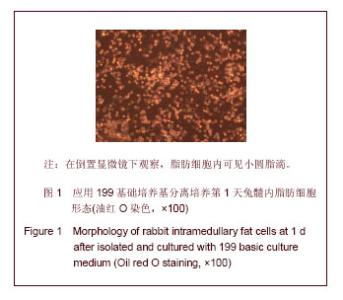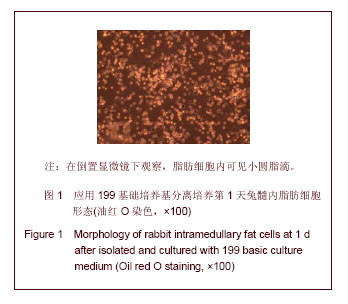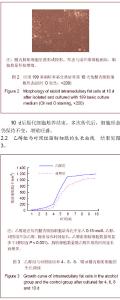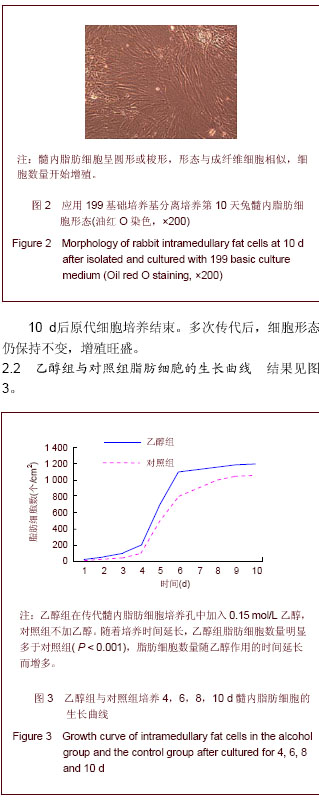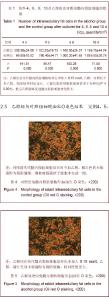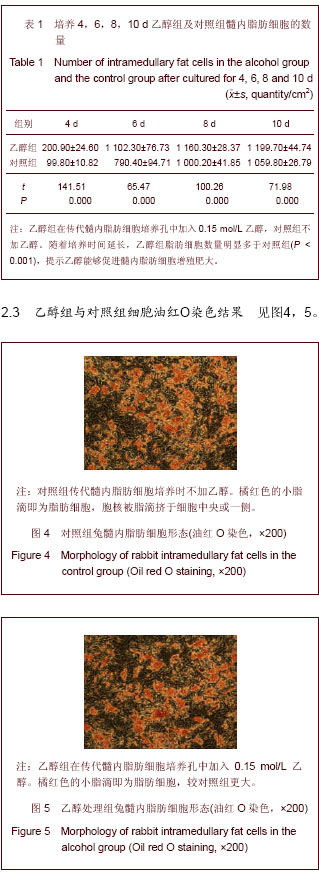| [1] 董晓俊.股骨头坏死[M]. 北京:中国医药科技出版社,2010: 33.[2] 崔永锋,王利明. 股骨头坏死修复过程中断的原因分析[J]. 中华中医药杂志, 2009, 24(11):1473-1476.[3] 张慧慧,宋炎成,蔡道章.基因多态性和股骨头坏死的相关研究进展[J].中国矫形外科杂志, 2008, 16(11):833-836.[4] Tang WM, Chiu PKY. Avascular necrosis of femoral head: a short review. 2006;9(1):98-101.[5] Wang Y, Yin L, Li Y, et al. Preventive effects of puerarin on alcohol induced osteonecrosis. Clin Orthop Relat Res. 2008; 466(5):1059-1067.[6] Suh KT, Kim SW, Roh HL, et al. Decreased osteogenic differentiation of mesenchymal stem cells in alcohol-induced osteonecrosis. Clin Orthop Relat Res. 2005;(431):220-225.[7] Trueta J. The Normal vascular anatomy of the femoral head in adult man. Clin Orthop Relat Res. 1997;(334):6-14.[8] Bj Êrkman A, Svensson PJ, Hillarp A, et al. Factor V leiden and prothrombin gene mutation: risk factors for osteonecros is of the femoral head in adults. Clin Orthop Relat Res. 2004; (425):168-172.[9] Glueck CJ, Freiberg RA, Sieve L, et al. Enoxaparin prevents progress ion of stagesⅠandⅡosteonecrosis of the hip. Clin Orthop Relat Res. 2005;(435):164-170.[10] Lee JS, Lee JS, Rob HL, et al. Alterations in the differentiation ability of mesenchym alstem cells in patients with nontraumatic osteonecrosis of the femoral head: comparative analysis according to the risk factor. J Orthop Res. 2006;24(4): 604-609.[11] Suh KT, Kmi SW, Roh HL, et al. Decreased osteogenic differentiation of mesenchymal stem cells in alcohol-induced osteonecrosis. Clin Orthop Relat Res. 2005;(431):220-225.[12] 中华人民共和国科学技术部.关于善待实验动物的指导性意见. 2006-09-30.[13] 杨浩,吴迪,李世和,等.家兔脂肪基质干细胞的分离培养及多向分化诱导[J].中国组织工程研究与临床康复,2010, 14(14):2601-2606.[14] 王清富,陈庄洪,蔡贤华,等.兔脂肪干细胞的多向诱导分化[J].中国组织工程研究,2012,16(49):9162-9167.[15] 张亮,官泉生,彭婉芬,等.冷冻切片结合油红O染色在动脉粥样硬化小鼠模型中的应用[J].临床与实验病理学杂志,2011, 27(2): 210-211.[16] Jones LC, Hungerford DS. The pathogenesis of osteonecrosis. Instr Course Lect. 2007;56(2):179-196.[17] Ficat RP. Idiopathic bone necrosis of the femoral head. Early diagnosis and treatment. J Bone Joint Surg(Br). 1985;67(1):3-9.[18] Matsuo K, Hirohata T, Sugioka Y, et al. Influence of alcohol intake, cigarette smoking, and occupational status on idiopathic osteonecrosis of the femoral head. Clin Orthop Relat Res. 1988;(234):115-123.[19] 樊粤光.袁港.何伟.等. 692例股骨头缺血坏死病因调查分析[J].广州中医学院报,1999,11(1):29-31.[20] Rico H, Gomez-Castresana F, Cabranes JA, et al. Increased blood cortisol in alcoholic patients with aseptic necrosis of the femoral head. Calcif Tissue Int. 1985;37:585-587.[21] 黄永镇,骆旭东,郭坤亮,等.内源性糖皮质激素对酒精性股骨头缺血坏死骨细胞凋亡相关蛋白表达的影响[J].贵州医药,2004, 28(12):1059-1062.[22] 熊腾滨.王义生. 酒精性股骨头缺血性坏死研究新进展[J].河南医学研究,2003,12(3):286-288.[23] Wang Y, Li Y, Mao K, et al. Alcohol induced adipogenesis in bone and marrow:a possible mechanism for osteonecrosis. Clin Orthop Relat Res. 2003;(410):213-224.[24] 李晓,于学忠,陈晓亮,等. 酒精性股骨头缺血性坏死脂类代谢异常的临床与实验研究[J].中国矫形外科杂志,2003,11(18):加页5-加页7.[25] Suh KT, Kim SW, Roh HL, et al. Decreased osteogenic differentiation of mesenchymal stem cells in alcohol induced osteonecrosis. Clin Orthop Relat Res. 2005; 431: 220-225.[26] Suh KT, Kim SW, Roh HL, et al. Decreased osteogenic differentiation of mesenchymal stem cells in alcohol-induced osteonecrosis. Clin Orthop Relat Res.2005;(431):220-225.[27] Wang Y, Yin L, Li Y, et al. Preventive effects of puerarin on alcohol induced osteonecrosis. Clin Orthop Relat Res. 2008;466(5):1059-1067.[28] Duque G, Macoritto M, Kremer R. 1,25(OH )2D3 inhibits bone marrow adipogenesis in senescence accelerated mice (SAM-P/6) by decreasing the expression of peroxisome proliferator-activated receptor gamma2 (PPARgamma2).Exp Gerontol. 2004;39(3): 333-338.[29] 王义生.李月白.殷力.等.酒精性骨坏死发病机制和葛根素对其预防作用[J].中华显微外科杂志.2006,29(3):209-212.[30] Kiyokazu F, Rieko K, Harumichi S, et al. Glucocorticoid induces micro-fat embolism in the rabbit: a scanning electron microscopic study. J Orthop Res. 2006;24(4):675-683.[31] Meye C, Schumann J, Wagner A, et al. Effects of homocysteine on the levels of caveolin-1 and eNOS in caveolae of human coronary artery endothelial cells. Atherosclerosis. 2007; 190(2):256 -263.[32] Shapiro F, Connolly S, Zurakowski D, et al. Femoral head deformation and repair following induction of ischemic necrosis: a histologic and magnetic resonance imaging study in the piglet. J Bone Joint Surg Am. 2009;91(12):2903-2914.[33] 王大伟,潘华,李红波,等.三七总皂苷对酒精诱导骨髓基质干细胞分化影响的实验研究[J].中国组织工程研究与临床康复, 2008, 12(8):1410-1413.[34] 林慧,林穗金.人类肝脂肪酶基因研究概述[J].医学综述.2012, 18(7):992-994.[35] Yabu Y,Noma K, Nakatani K, et al. C-514T polymorpliism in liepatic lipase gene promotor is associated witli elevated triglyceride levels and decreasing insulin sensitivity in nondiabetic Japanese subjects. Int J Mol Med. 2005;16(3): 421-425.[36] 傅毅,倪坑华,应雅韵,等. 肝脂酶基因启动子-514C/T多态性与脑梗死的关系[J].中华神经科杂志,2006, 39(11):758-761.[37] Zambon A, Deeb SS, Bensadoun A, et al. In vivo evidence of a role for hepatic lipase in human apoB-containing lipoprotein metabolism, independent of its lipolytic activity. J Lipid Res. 2000;41(12):2094-2099.[38] 张义福,刘建,孟国林,等.兔激素性股骨头坏死病程中肝脂肪酶改变的意义[J].第四军医大学学报,2006,27(8):737-740.[39] 王大伟,史宝明,张爽.构建酒精性股骨头坏死动物模型的理论依据及造模方法[J].中国组织工程研究与临床康复, 2010,12(50): 9413-9416.[40] 王义生,刘沛霖,殷力,等. 葛根素对乙醇性股骨头坏死的预防作用[J].中华试验外科杂志,2007,24(4):479-481. |
